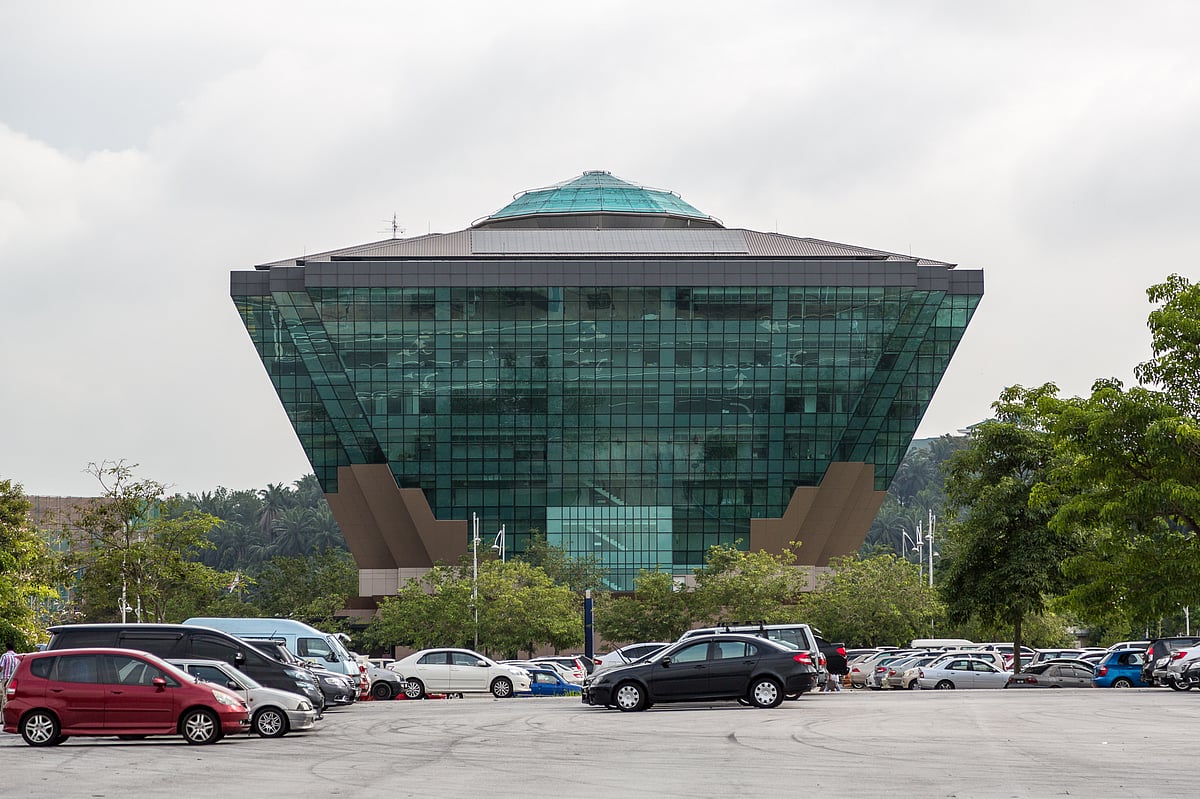In the case of inexpensive retrofits, there are simple tasks such as the use of curtains or decorated blinds to block excess sunlight and warmth in the afternoon and keep these curtains open in the other times to enable natural light. This can help to reduce air conditioning and artificial lighting loads. By using reflective coatings and tinted film on glass, minimal heat also enables the windows and an optimal natural light.
Another cost-effective measure is to replace all light bulbs and CFL lamps with energy-efficient LED lights (with a suitable performance for the required brightness) that reduce the entire energy consumption for artificial lighting. The adjustment of the climate appraisal temperatures (AC) between 24 ° C and 26 ° C for cooling and using ceiling fans with ACS offers improved thermal comfort and reduces energy consumption.
Applying light or reflective colors for the outer surfaces of roofs and walls can reduce the heat into the building. The provision of lighter colors for interiors enables better light distribution. Such measures can help save energy in the range of 5 to 15 percent.
High -price values are usually driven by the desire for considerable spatial modification than by energy savings. However, energy -efficient measures can easily be integrated into the renovation work. For this purpose, significant changes in the building such as the reduction of oversized windows, especially those with limited ventilation or clogged viewpoints that are provided for you proper shading, the existing window glass through high-performance glass such as double glaze or low-emissive (low-e) glass (low-e), insulation material to walls and roofs and the installation of green ones Roofs with national vegetation are added.
These can reduce the heat into the building and reduce building cooling consumption in the revolution. A further significant addition is the installation of solarphotovoltaic or wind energy systems in order to supply the lighting and devices with clean energy. Several state incentives can be used for the installation of these systems.
The implementation of these inexpensive retrofits can lead to an energy saving of 40 percent and more, together with the potential to generate energy on site and to move towards a net zero goal.
To a sustainable future
Although a wide range of retrofit technologies is easily available, the large introduction of energy -efficient retrofitting measures with several challenges, such as: In addition, the tenant land lord dilemma slows down the acceptance, since construction owners may not benefit directly from energy savings.
While energy efficiency guidelines exist, weak enforcement and limited knowledge and financial support further hinder progress. The results of a recently carried out Pan-India survey with 56,640 participants published as part of the report.
Less than a quarter (21.7 percent) of the respondents prioritized the savings of energy compensation, 12.3 percent rely on government discounts and incentives, and only 11 percent were motivated by environmental advantages. A majority of the participants reported that a combination of these factors was influenced.
